
Nafplio peninsula with Akronauplía Castle and the Bourtzi Castle on its island (upper right). (1234k)
From the Nafplio entry in Wikipedia:
Nafplio is a coastal city located in the Peloponnese in Greece that is the capital of the regional unit of Argolis and an important touristic destination. Founded in antiquity, the city became an important seaport in the Middle Ages during the Frankokratia as part of the lordship of Argos and Nauplia, held initially by the de la Roche following the Fourth Crusade before coming under the Republic of Venice and, lastly, the Ottoman Empire. The city was the second capital of the First Hellenic Republic and of the Kingdom of Greece, from 1827 until 1834.
All pictures are © Dr. Günther Eichhorn, unless otherwise noted.








Palamidi is a fortress to the east of the Akronauplía in the town of Nafplio in the Peloponnese region of southern Greece. Nestled on the crest of a 216 m (709 ft) high hill, the fortress was built by the Venetians during their second occupation of the area (1686–1715).
The fortress was a very large and ambitious project, but was finished within a relatively short period from 1711 until 1714. It is a typical baroque fortress based on the plans of Venetian engineer Antonio Giancix (Antun Jančić) and built by French military engineer Pierre de la Salle. In 1715 it was captured by the Ottomans and remained under their control until 1822, when it was captured by the Greeks.
The eight bastions of the fortress were originally named after the Venetian provveditori. However, when it fell to the Ottoman Empire, the bastions were given Turkish names. Lastly, when the Greeks overthrew the Turks the bastions were renamed after ancient Greek leaders and heroes (Epaminondas, Miltiades, Leonidas, Phocion, Achilles, Themistocles). The two remaining bastions were named after St. Andrew (Agios Andreas) and the French Philhellene Robert who died in battle on the Acropolis of Athens. The "Miltiades," was used as a prison and among its walls was also held Theodoros Kolokotronis, hero of the Greek Revolution.





















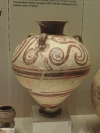
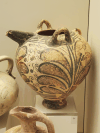
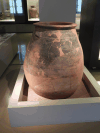

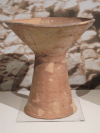



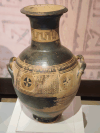
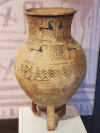
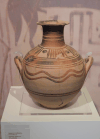
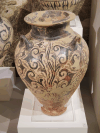
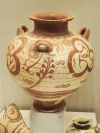
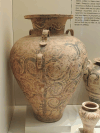

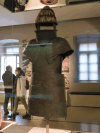
This page contains 45 pictures
Here are the links to the other main pages on Greece:
Page last updated on Fri Dec 2 12:01:06 2022 (Mountain Standard Time)
Nafplio on soaring.geichhorn.com